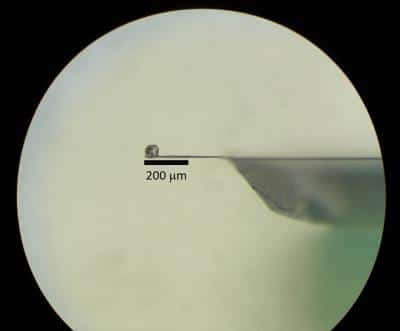
The study used the parent compound barium iron arsenide and measured electronic asymmetry across a wide range of temperatures, including those where the material is a superconductor. The nematicity existed all the way into the superconducting region and not just in the vicinity of the magnetic phase.
Another result is that the phase diagram for the barium iron arsenide bears a striking resemblance to the phase diagram for copper-based high-temperature superconductors. In particular, the newly mapped region for nematic order in the iron-based material is a close match for a region dubbed the pseudogap in copper-based HTSs.






